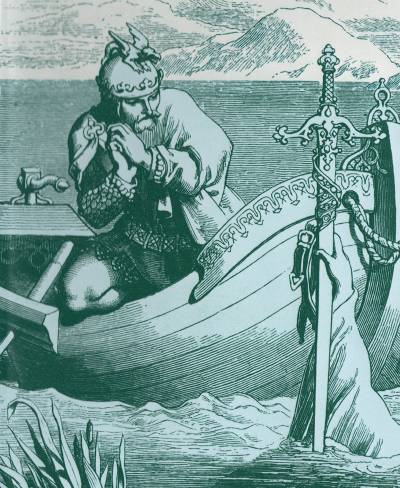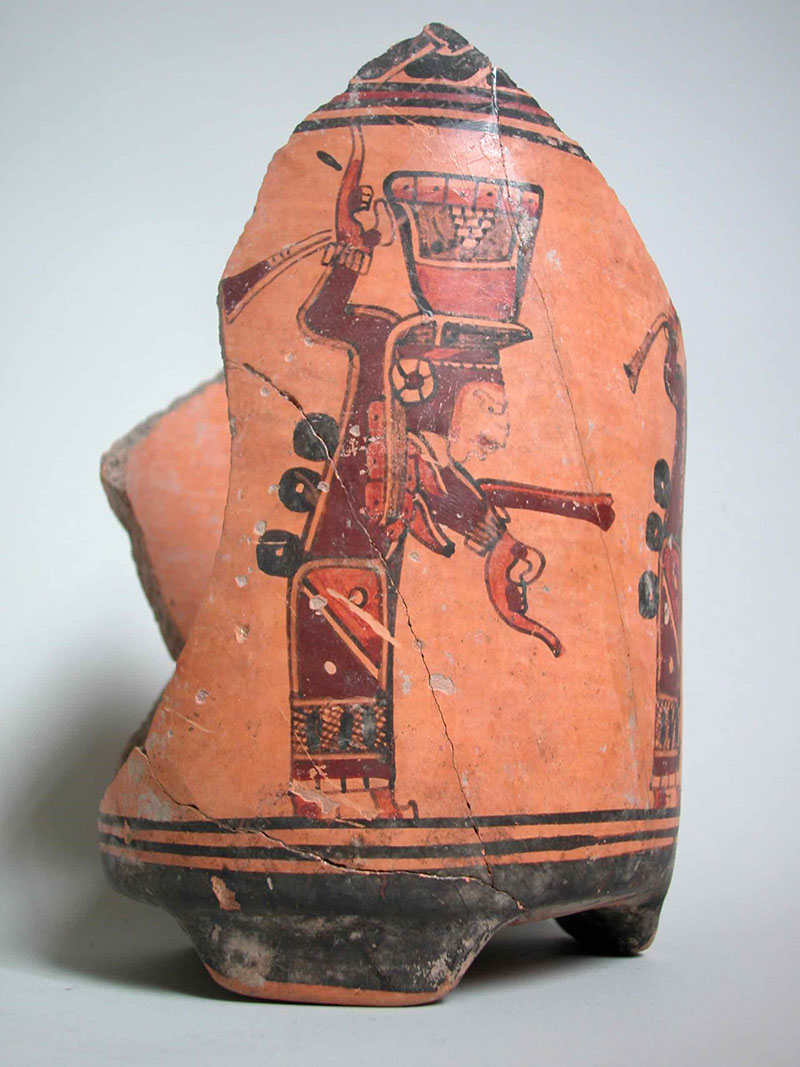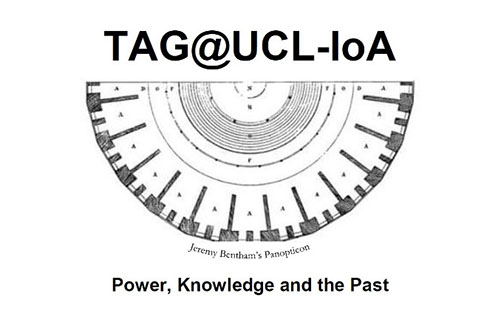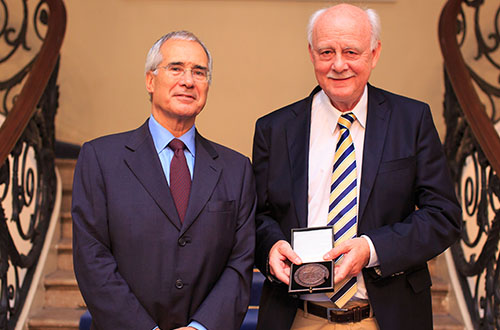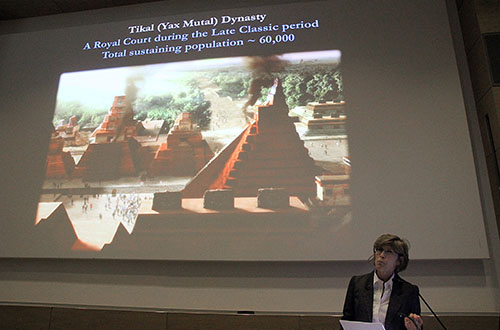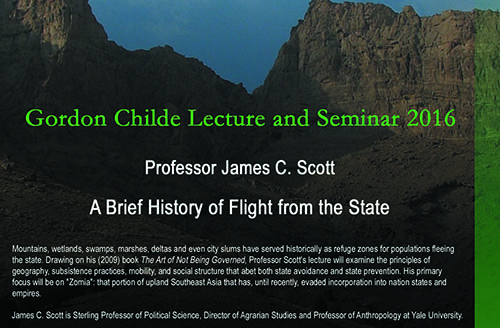A revolutionary in all senses of the word, Vere Gordon Childe (1892-1957) pioneered radical new ways of thinking in archaeology and was, during his lifetime, the most cited Australian author in the world.
A committed Marxist, he was placed under investigation by MI5 whilst a student at Oxford. After graduating he became fluent in several languages and published over 250 academic works spanning the prehistory of Europe, Asia and the Near East.
In 1946, he was appointed director of the Institute of Archaeology, London. Upon his retirement in 1957, he returned to the Blue Mountains in Australia, where he ended his life. He remains the most widely read archaeologist of the 20th century.
Image: Prof Gordon Childe displaying a teddy bear, a gift from students at Brno University (Image copyright: UCL Institute of Archaeology)
Thanks to a generous donation, the UCL Institute of Archaeology hosted its first Gordon Childe Lecture and Seminar (previously known as the Annual Lecture) in 2016.
The renaming of the Annual Lecture event signified a revision of its overall aims. The annual Gordon Childe Lecture now features speakers able to take a broad view of their topic and make it interesting and relevant to both the general public as well as subject specialists. The addition of an accompanying seminar also offers an opportunity for extended discussion on the themes raised in the lecture.
Gordon Childe Lecture and Advanced Seminar 2024: 15 & 16 May
Booking is now open for our 2024 Gordon Childe Lecture and Advanced Seminar.
This year's speaker is Richard Bradley (Emeritus Professor, University of Reading) wo will give his lecture entitled 'Hidden valuables: hidden variables. Hoards and other deposits from the Mesolithic to modern times.'
Abstract
For Gordon Childe deposits of intact or broken metalwork were a key component of the European Bronze Age. They shed light on the important role played by smiths in the processing of ores and the distribution of valuable objects. More recent work has extended his analysis in two ways. Firstly, it is obvious that the artefacts found in hoards also occur in graves, and that some of the same types were deposited in rivers and lakes. And, secondly, these practices extended to other materials and other periods. They began as early as the Mesolithic phase and retained their importance into the early medieval period and even after. The lecture will review some of the main ways of interpreting these finds and will extend from late prehistoric hunter gatherers in Scandinavia to the curious behaviour of a retired archbishop during the 1980s.
Booking for the Gordon Childe Lecture 2024
Update (29/04/24): The Gordon Childe Lecture has now sold out. If you would like to be added to a reserve list please email your details to Gail Hammond (gail.hammond@ucl.ac.uk).
Booking for the Gordon Childe Advanced Seminar 2024
Places are still available for the Gordon Childe Advanced Seminar.
Image: A book illustration by the Victorian artist Daniel Maclise showing King Arthur receiving his sword Excalibur from the Lady of the Lake (Image courtesy of Prof Richard Bradley)
Previous Lectures
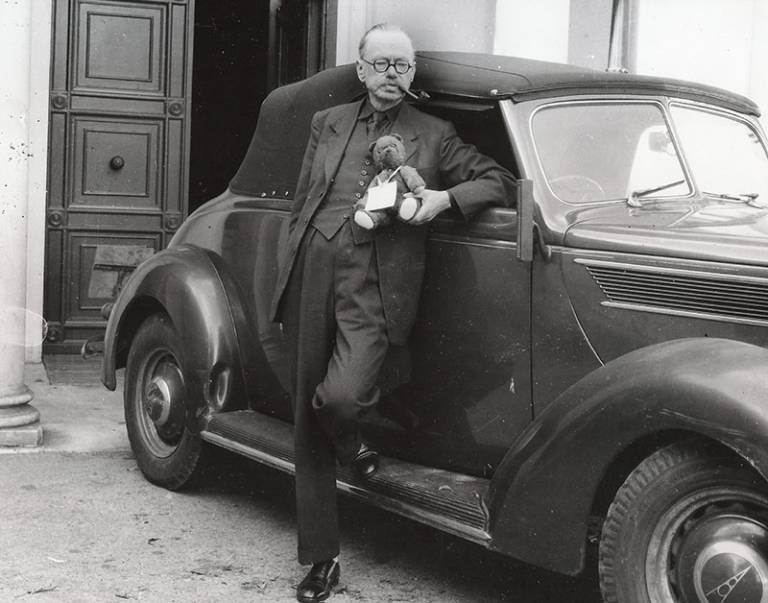
 Close
Close


